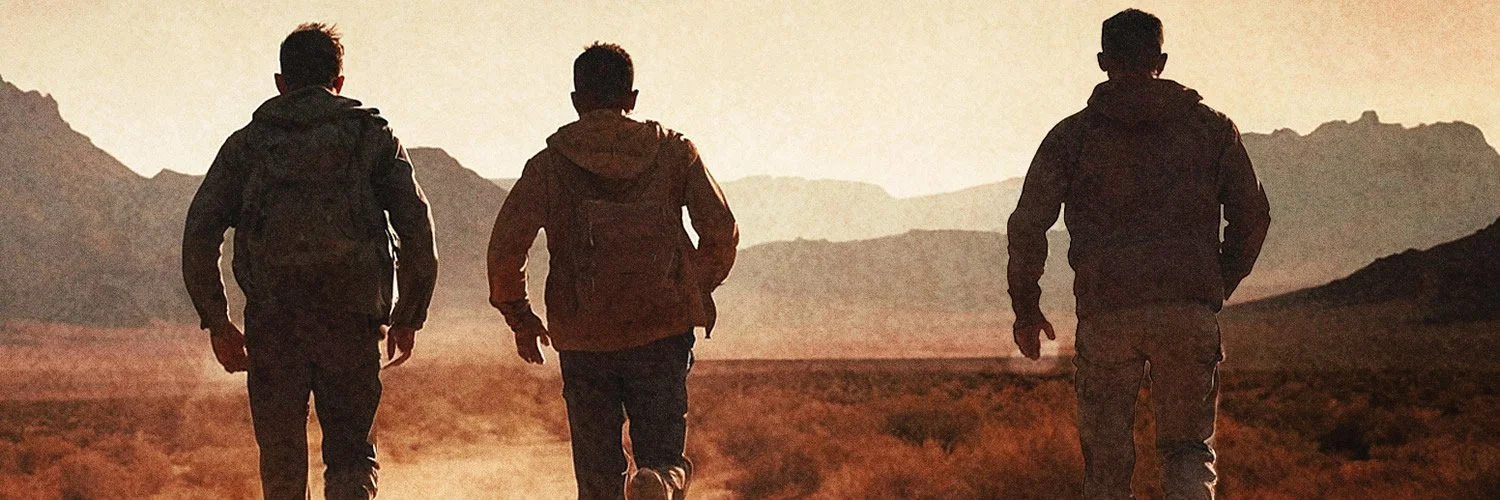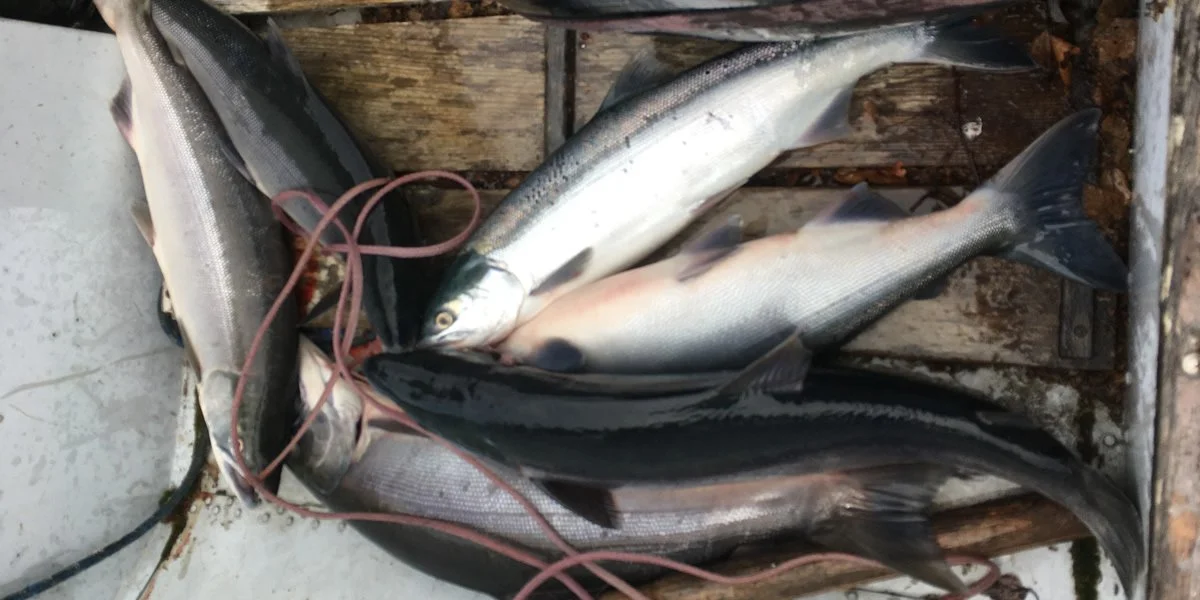When I began publishing under my own name, I had a clear vision of three distinct book series. One would be a series that emphasized how a person’s early life leads to a roadmap for their future. The first book would be semiautobiographical and follow-on books would be drawn from the adventures of others with similar backgrounds. That book has not yet been published; it is coming soon. The follow up books are filled with the adventures and hard-fought achievements of those who survived brutal childhoods and given the choice of continuing the pattern of pariahs on society or making the world a better place, choose wisely.
The second series could be mistaken for the books of Cussler, Clancy, Brad Thor, Steve Berry, or even Stephen Coonts, writers who I love. They are thrillers, each a mixture of political and military adventure and techno-thriller. But there are three major differences. First, all are drawn from actual current conflicts, well researched and possible headline stories soon. Second, while the small teams brought to life in the stories are capable and powerful, there are no super-heroes; just diverse characters challenged with deadly situations who must find a way to win. Third, the old slogan, one man’s terrorist is another man’s freedom fighter applies. I want my readers to understand why the bad guys are bad and that the heroes are not perfect. In other words, imagine if you were faced with an international crisis that threatened your family and way of life, what would you do? (Be part of my story.) Every military strategist will tell you to know your enemy. The more that enemy believes that they are right, the harder they will fight. To defeat them, you need to dig deep to find that one weakness, develop a strategy that challenges you to be your best, and refuse failure. The fourth book in this series, draft title Diamond, is due out Spring 2026.
The third series would be a purely fictional adventure series that follows one family from the 1820’s for a century and a half. Each book would be as true as possible to the culture and setting of the period. Each book would be a thriller taken from the history and politics of the times as well as a love story. Before I published the first book, I had five books in draft form and outlines for the final three books. I’d spent decades in the business and political world, but publishing was new to me. It never occurred to me that my readers were like me in that they loved to read the first book in the series and then progress from book to book. So, I started with book three, Enemy Patriots, set in the 1940’s. It was only late last year that I got around to publishing what should have been the first book, Tempest North. In between I published two others, also out of sequence. Two more books are finished books and the last two in the series are in draft form.
I will be sequencing all the books in order, refreshing the covers and publishing those missing. When finished there will be eight books and the series will end. After all, a series that follows succeeding generations challenges and adventures need a minimum of a couple of decades to produce the next generation.











